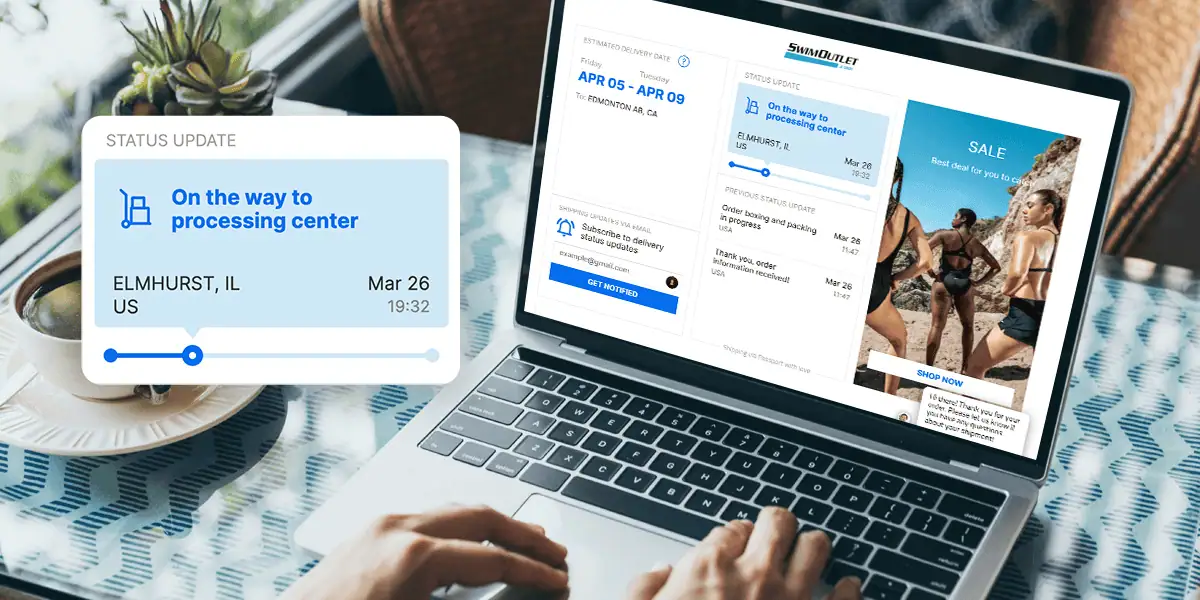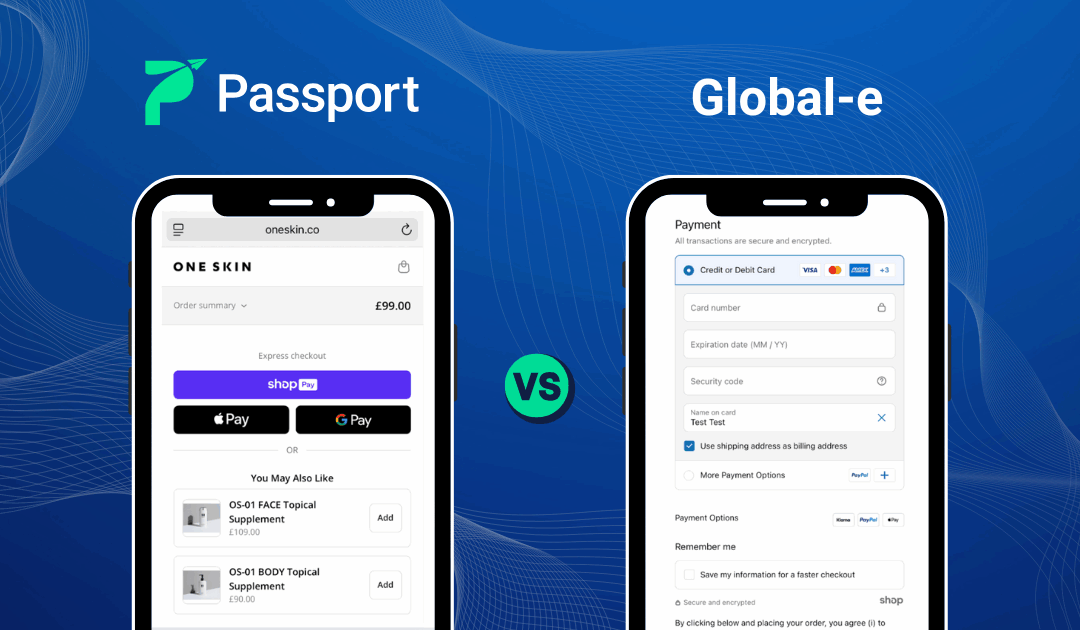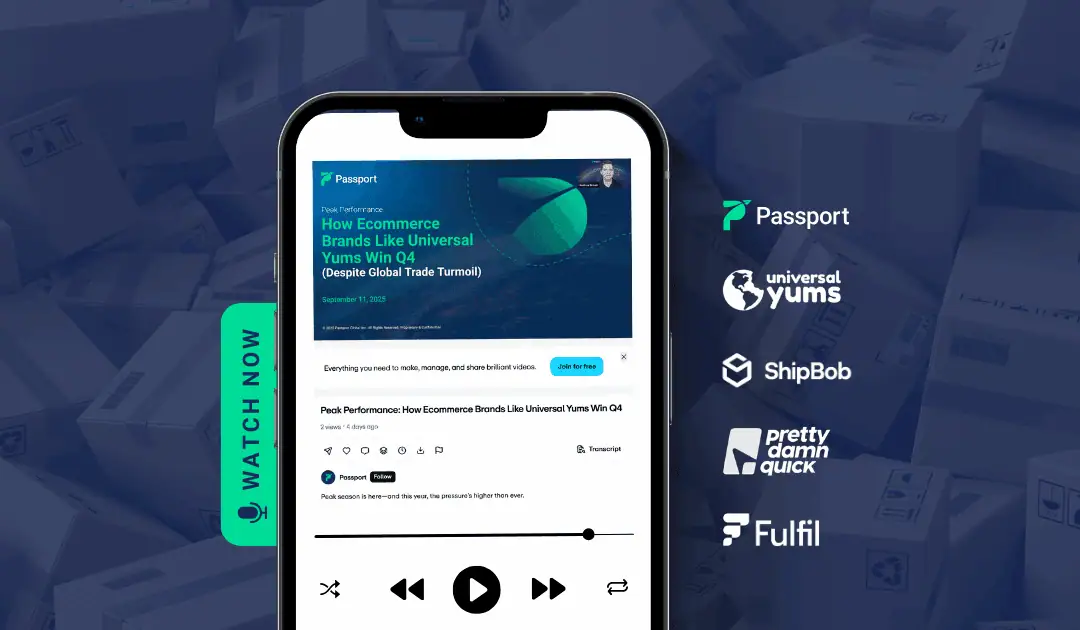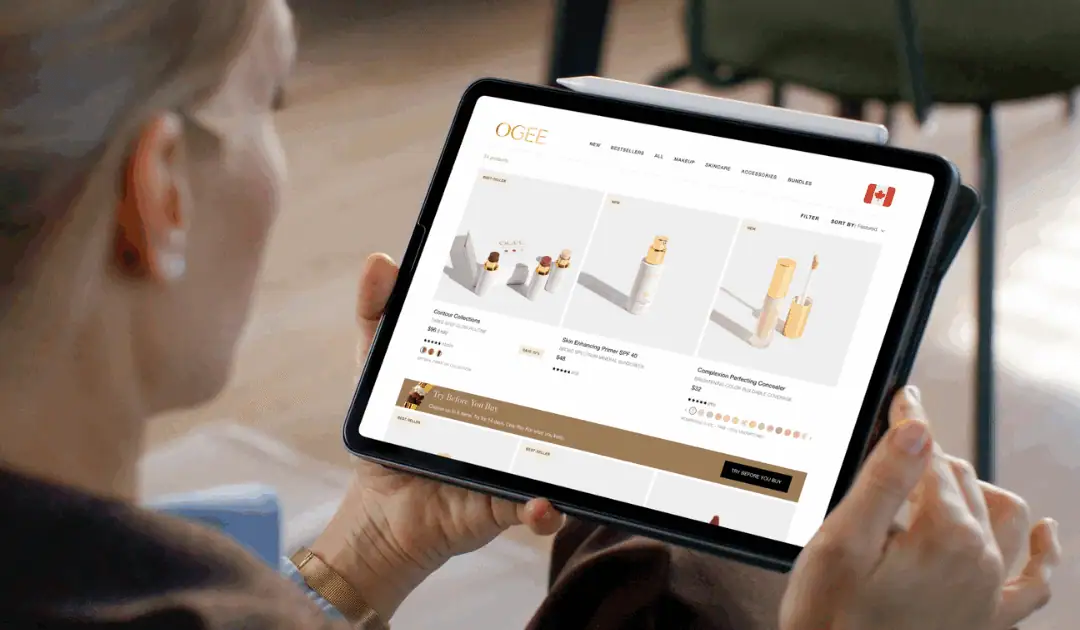Early Preparation Pays Off
Most leaders recognized the stakes: 86% began peak planning in the first half of the year, and 17% even started as far back as late 2024. Early starters have the advantage of pulling in multiple teams from the beginning—74% involved ecommerce and 71% involved marketing—and more than half (56%) also ran stress tests on their fulfillment systems to spot weak points before order volumes climb. But about 1 in 7 admit they’re behind, only beginning in Q3 — or not at all. For those brands, the compressed timeline leaves little room to test, refine, or course-correct. What proactive planners tackled over months, late starters are now racing to catch up as the busiest sales window of the year approaches — leaving little margin for error. While early planning has given many leaders a head start, the short time remaining is pivotal for those still behind.Pressures Driving Peak Priorities
Ecommerce leaders agreed on three priorities that matter most this peak season:- 57% ranked fast, reliable delivery as their top priority
- 41% are focused on reducing shipping costs
- 37% are prioritizing customer satisfaction
- 99% say tariffs are affecting their strategies
- 7 in 8 have already raised prices to offset added costs
Top 5 Moves Leaders Are Making
To navigate this balancing act, ecommerce leaders are taking these top 5 steps to strengthen their international strategies ahead of Q4: 1. Moving inventory to key markets – Nearly 1 in 4 brands plan to utilize in-country fulfillment in 2025, aiming to reduce tariff exposure, speed up delivery, and avoid cross-border delays by getting closer to customers.“We wanted to have a better customer experience so that we can actually spend money internationally and have the same sort of conversion rate and it’ll be what we expect out of our US store. If we’re going to take this seriously, we should have localized inventory on a localized website so that a customer in Germany can get their order in two days like they expect.” – Sean Frank, CEO at Ridge2. Using DDP (Delivered Duty Paid) shipping – More brands are handling duties and taxes upfront to protect conversion rates and avoid surprise fees for international shoppers.
“International shipping is much lengthier and more expensive than domestic shipping, which is why brands use Delivery Duty Paid (DDP) shipping for their international orders. But to minimize wait times and cross-border complexities, you can even store inventory in those countries, leveraging an established partner with a global fulfillment network.” – Kristina Lopienski, Sr. Director of Content Marketing at ShipBob3. Mitigating tariff costs – Smart leaders are turning to tools like duty drawback refunds and restructuring where orders are shipped from, rather than simply passing tariff costs onto customers.
“Over the past two years, Passport has helped us recover more than $1.5M through Duty Drawback. Not only that, they significantly improved our cash flow through a unique drawback solution so we didn’t have to wait a year to receive our claim.” – Austin Jang, VP of Operations at Dolls Kill4. Optimizing operations – From diversifying suppliers to adding automation, brands are working to build resilience into their systems before the peak surge starts.
“Being able to execute operationally, internationally, means that you can drive some of the growth that customers need to see in 2025, with international shipping… if you can execute, it can be a big differentiator for the brand.” – Kabir Samtani, VP of Merchant Success at Fulfil.io5. Elevating customer experience – Especially during this time, a delayed delivery or unanswered support ticket can damage trust. Leading brands are setting clear cut-off dates, providing real-time tracking, and scaling support to handle higher volumes — turning holiday orders into lasting loyalty.
“Now is a great time for you to get some sense of how customers are reacting, especially to international pricing. Understand what kind of pricing works. You’ll be able to test different thresholds for different customers, first-timers versus returning. You’ll also be able to test what kind of tolerance they have for delivery, how much time, how you communicate that time, so there’s a lot you can do with testing. It puts you in a much better position in terms of how you communicate before the order’s even placed — from the product page all the way through the checkout.” – Avi Moskowitz, CEO & Co-Founder of PrettyDamnQuick











